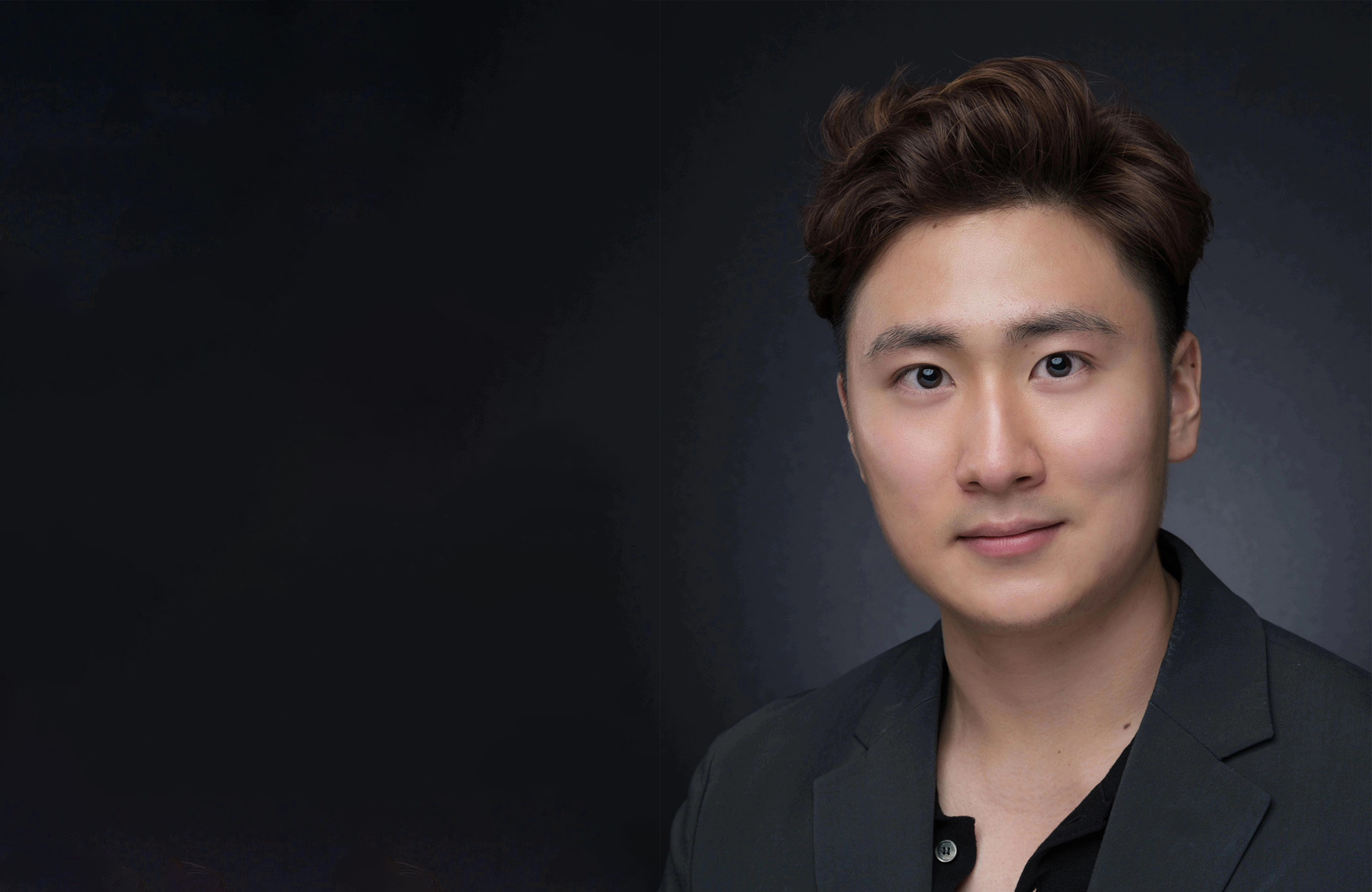
COMMENCEMENT 2025
From Debate to Dentistry
Haeseong Lee’s journey of purpose and possibility leads to USC and an unexpected career in dentistry.
BY DANIEL P. SMITH
TRUTH BE TOLD, dentistry was not on the professional radar for Haeseong Lee DDS ’25.
Despite being the son of a dentist, Lee — a self-described “humanities kid” who led his high school speech and debate teams — immersed himself in the liberal arts. He studied economics at Georgetown University and envisioned a future in international relations, finance or consulting. An MBA, not a DDS, seemed a far more likely post-graduate adventure.
But finance and consulting internships shifted Lee’s plans. The work left him feeling disconnected, and he desired a more tangible way to impact people’s lives. Once an afterthought, a dental career suddenly began to make sense.
“Dentistry felt like the perfect intersection of my soft skills, hands-on work and creativity,” says Lee, who was born in South Korea and moved to Fort Worth, Texas, at age 6.
Following in Familiar Footsteps
During his time at Georgetown, Lee became involved with the university’s pre-dental society and assisted the oral surgery department at MedStar Washington Hospital Center. As graduation approached, he decided to apply to dental school at USC, following the path of his sister, Hae Lin Lee DDS ’21.
“She dropped little breadcrumbs along the way that gradually led me toward the Trojan family,” Lee says.
In Fall 2021, Lee began his own dental school journey at USC. He was immediately struck by the depth and breadth of the clinical curriculum and felt confident he would gain the skills needed to become a competent dentist. And yet, Lee hoped to extract even more from his USC experience.
Eager to expand his learning beyond the classroom, Lee sought research opportunities and found supportive mentors in faculty members Parish Sedghizadeh and Mariela Padilla.
With Sedghizadeh, Lee examined unique cases of oral pathology and precancerous lesions and contributed to studies exploring artificial intelligence as a diagnostic tool for jaw joint disorders.
Under Padilla’s guidance, he investigated novel diagnostic and therapeutic tools for nighttime clenching and assisted in improving predoctoral curriculum on orofacial pain. His work with both faculty members led to co-authored scholarly publications and research presentations at national conferences.
“Both Dr. Sedghizadeh and Dr. Padilla were instrumental in opening doors for me — not only to engage in meaningful research, but also to grow as a clinician in the process,” says Lee, who believes pairing scientific inquiry with clinical training supports long-term success in dentistry. “If I want to give my patients the best, most evidence-based care, I have to stay curious, keep learning and be willing to innovate.”
Returning to the East Coast
Lee will soon return to the East Coast to start a three-year orthodontics residency at the Rutgers School of Dental Medicine in New Jersey. He calls residency the next chapter in his ongoing journey of learning and growth.
“Dentistry is called a ‘practice’ for a reason,” he says. “You’re always learning, always evolving.”
Looking ahead, he hopes to strike a balance between research and clinical care, contributing meaningful insights to the orthodontic field while making a direct impact on patients’ lives. Acknowledging the growing shortage of dental educators, he expresses interest in teaching as well.
“There are still more mountains to climb, and that’s what excites me,” Lee says.